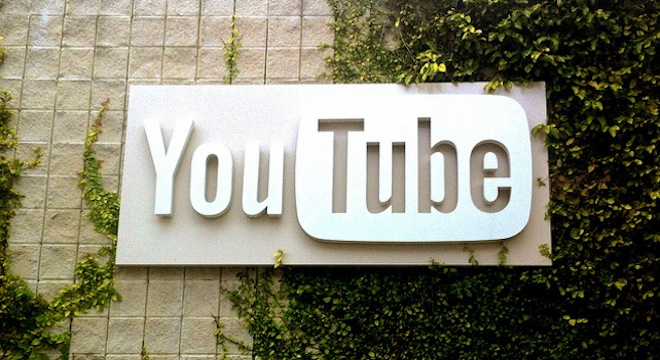YouTube wants you to tell the world who you really are, but only with your permission.
That’s effectively the stance being taken by the massively popular online video website, owned by Google, which in late June began prompting YouTube account holders who also have separate Google Plus accounts to connect the two and have their “full names” appear on the their YouTube accounts, as opposed to pseudonyms or other clever usernames.
“Start using your full name on YouTube,” reads the prompt from YouTube, which appears as a pop-up alert when a YouTube account-holder logs in. The prompt also displays what the “full name” would look like to other YouTube users and viewers.
“Your full name from your Google+ profile will replace your username on YouTube,” the prompt also reads, then giving users the option to click “Next,” and make the change or to click “I don’t want to use my full name.” A YouTube screenshot of the option appears below:

The change, which has been rolling out gradually to all YouTube users who also have a Google Plus account, caught tech bloggers by surprise this week and raised alarm bells that YouTube was seeking to do away with anonymity on its website, with some concluding that the move was an effort to clean-up YouTube’s notoriously unpleasant, often vitriolic and nonsensical comments section.
But a YouTube spokesperson told TPM that the website will always support anonymity. As the spokesman said in a statement:
It’s important for us to be a platform for all kinds of users to share their stories. They range from those who want to be discovered by friends, family and the world, to those for whom it is important not to be publicly associated with their videos. To meet these needs, we’re giving users more options for how they are seen. Users who want to use their YouTube username to post videos can continue to do just that. Users who want to be identified by the name on their Google+ profile now have that option, too.
Google is attempting a difficult balancing act between two distinctly different use cases: Those who actively want to promote their real identities on YouTube through their content, and those who, for various reasons, don’t want to do that, or can’t afford it.
Nowhere are these diametrically opposed uses more evident than in Google’s stated commitment to furthering human rights by providing a safe space for activists and journalists, who may wish to remain anonymous fearing physical harm or death, to publish videos of human rights violations.
On July 18, just a few weeks after beginning to display prompts urging users to switch to their full names, YouTube introduced a new online video editing tool called “face blur,” which automatically detects and obscures the faces of human subjects in videos.
A YouTube spokesperson said said at the time the feature was designed to “protect users who want to share an important message on YouTube, but do not want to share their identity.”
The YouTube face blurring feature was hailed by human rights advocacy organization WITNESS, which has called for the increased availability of such technologies and is working with Google on the website’s official Human Rights Channel, a space that collects videos of human rights violations and other advocacy efforts from around the globe.
WITNESS, for its part, was also accepting of YouTube’s move to offer users the option to link their Google Plus account “full name” with their YouTube account.
“We believe offering options to attach identities to YouTube accounts supports the goals of the Human Rights Channel, as long as the option to use other account names is retained,” said Sam Gregory, Program Director at WITNESS, in an email to TPM.
Gregory further said that in some select cases, having the Google Plus identity tied to the YouTube account could actually help human rights coverage.
“If an individual or group believes that linking back to a Google+ or other real name ID is useful for their human rights work — for example, they want, as easily as possible for people to link back to a Google+ page to see ways to act on their material — we’d support that,” Gregory said. “Overall, we encourage companies to promote options for anonymity for users in their tools and platforms.”
But that’s not say that WITNESS believes YouTube has run out of room for improvement in terms of providing the safest and best platform for human rights advocates and journalists to share their videos. Gregory also offered the following suggestion.
“On the Human Rights Channel we’d ultimately like to see a dropbox like approach that enables anonymous submissions to be shared and evaluated for upload directly onto the Channel,” Gregory told TPM.
YouTube declined to specify any new features that it would be releasing for the site.
There is another aspect to YouTube’s somewhat conflicting treatment of user identities that is perhaps more reflective of the business realities that parent company Google is facing in its ongoing competition for social networking users against rival Facebook.
Google Plus, launched just over one year ago in June 2011 has just over 250 million users, according to statements made recently by company executives. YouTube, by contrast, has 800 million, much closer to social network market leader Facebook’s 901 million. If Google wants Google Plus to catch up to Facebook soon, getting more YouTube users to start using Google Plus would seem to be a smart play. Of course, it’s important to remember that YouTube is only showing the new “full names” dialog box to users who already have a Google Plus account — at least for now.






